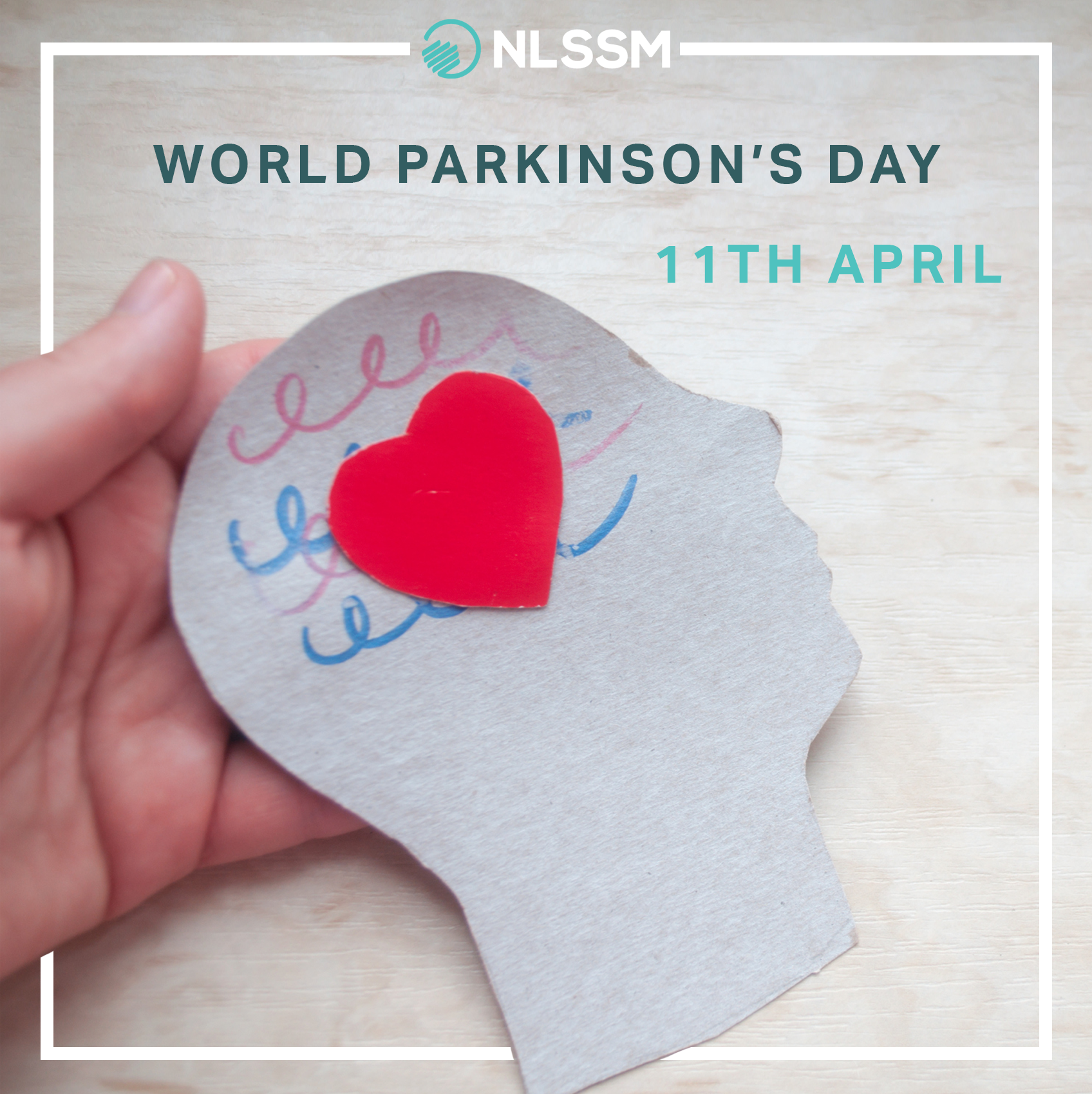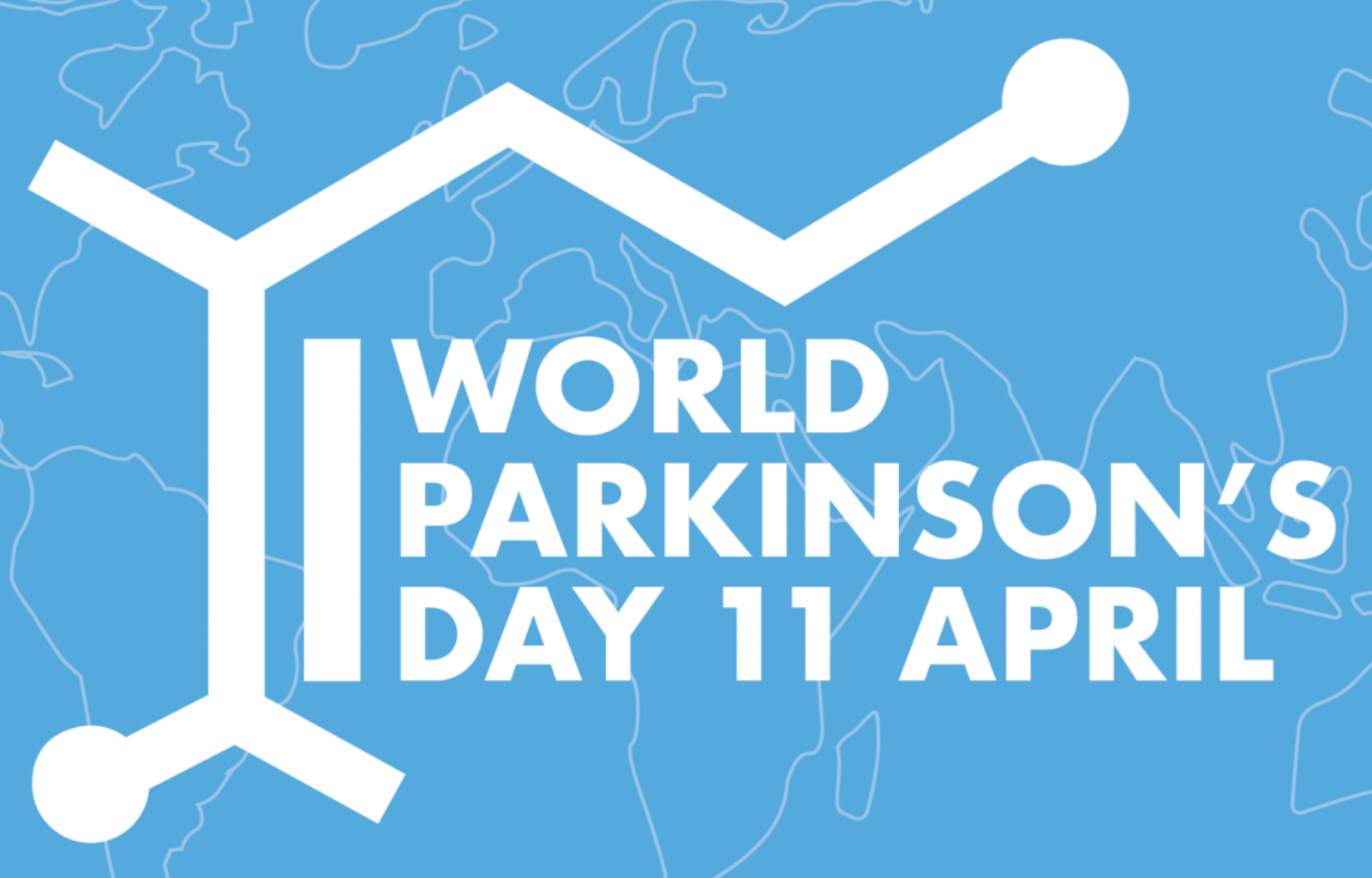World Parkinson’s Day takes place on the 11th of April every year to raise awareness of Parkinson’s. In this blog, we provide a round up of what the disease looks like and what the treatment options are for our clients.
Overview of Parkinsons
Parkinsons is a progressive disorder that involves the lessening of the basal ganglia function. The result is a slow, increasingly difficult movement affecting many things such as:
- Walking
- Balance
- Co-ordination
- Speech
It is often accompanied by resting tremors and muscular rigidity.
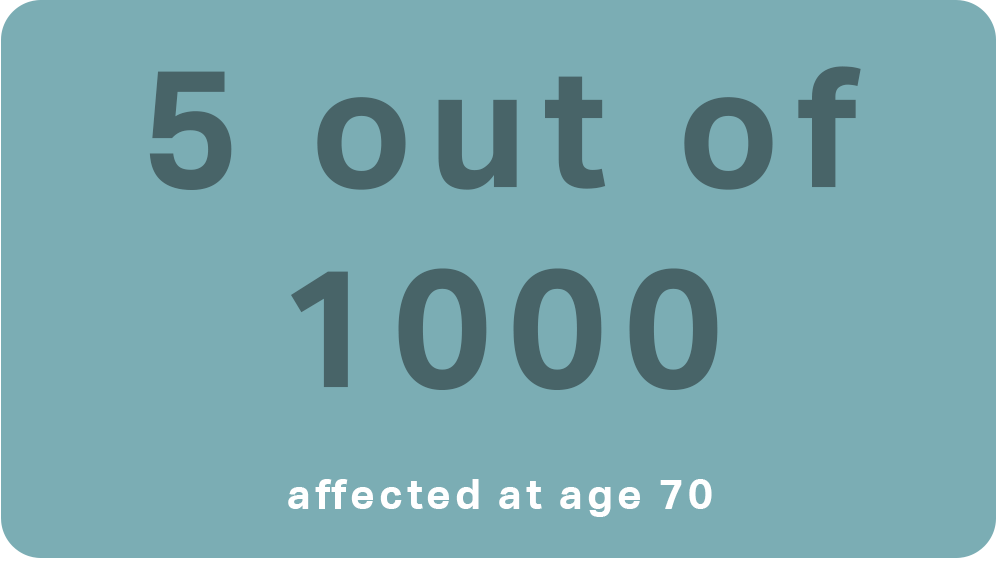
Five out of 1000 are affected at age 70 and as many as 20 out of 1000 at age 85 (Caird 1991). However, not exclusive to later stages in life, young-onset Parkinsons can occur between the ages of 21 – 39 which accounts for around 5%.
The progression of the disease is grouped into 5 stages. The Hoehn-Yahr Scale is used to evaluate the disability of PD (Grimes et al., 1994; Lieberman, Williams, 1993). We recommend that you research these stages.
There is currently no cure for Parkinson’s but there is a lot that can be done to help support those that have this condition.
Treatment Goals
- Influence sympathetic nervous system/decrease
- Decrease Pp
- Address postural changes
- Support optimal use of Diaphragm
- Thoracic mobility – decrease Tx flexion
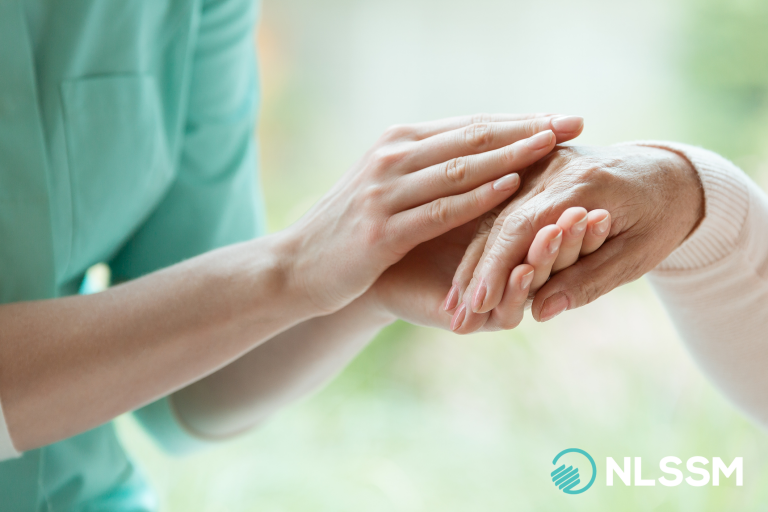
Treatment Options
- Positioning is key and making sure that limbs are supported. The choice will be influenced/limited by the severity of rigidity
- Less is more – be cautious with your depth
- Relaxation should be a focus – think gentle compressions, effleurage, petrissage. Techniques that promote relaxation
- Passive ROM to limbs
- Dipahragmatic breathing techniques
Working as part of a client’s MDT is key. We are one part of their support system.
⚠️ Disclaimer: The information presented above is not exhaustive. A therapist’s biggest contraindication is lack of knowledge and we would encourage that any Rx administered is initially approved by the client’s Doctor or lead Health Care Practitioner. A full Subjective and Objective should be undertaken before treatment is administered
Learn more with us!
Parkinsons is one of the many types of pathologies we discuss on our Level 5 Diploma in Sports Massage remedial Soft Tissue Therapy.
Our aim is to arm our therapists with the correct clinical reasoning to help patients with conditions such as this and many others.
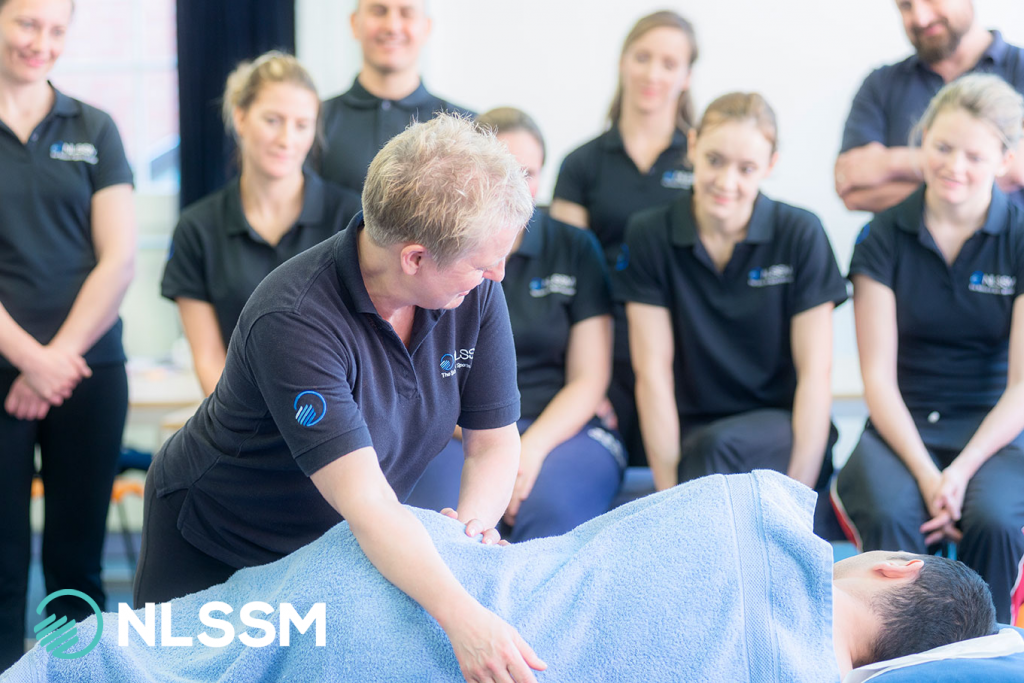
The Level 5 Diploma will provide you with the understanding that will enable you as a therapist to deliver a treatment that will empower both you and your client.
You will learn the ability to make decisions about soft tissue conditions, when to treat and when not to, or if you need to work in conjunction with other therapies. For us, the important bit is about the success of our client’s outcome.

